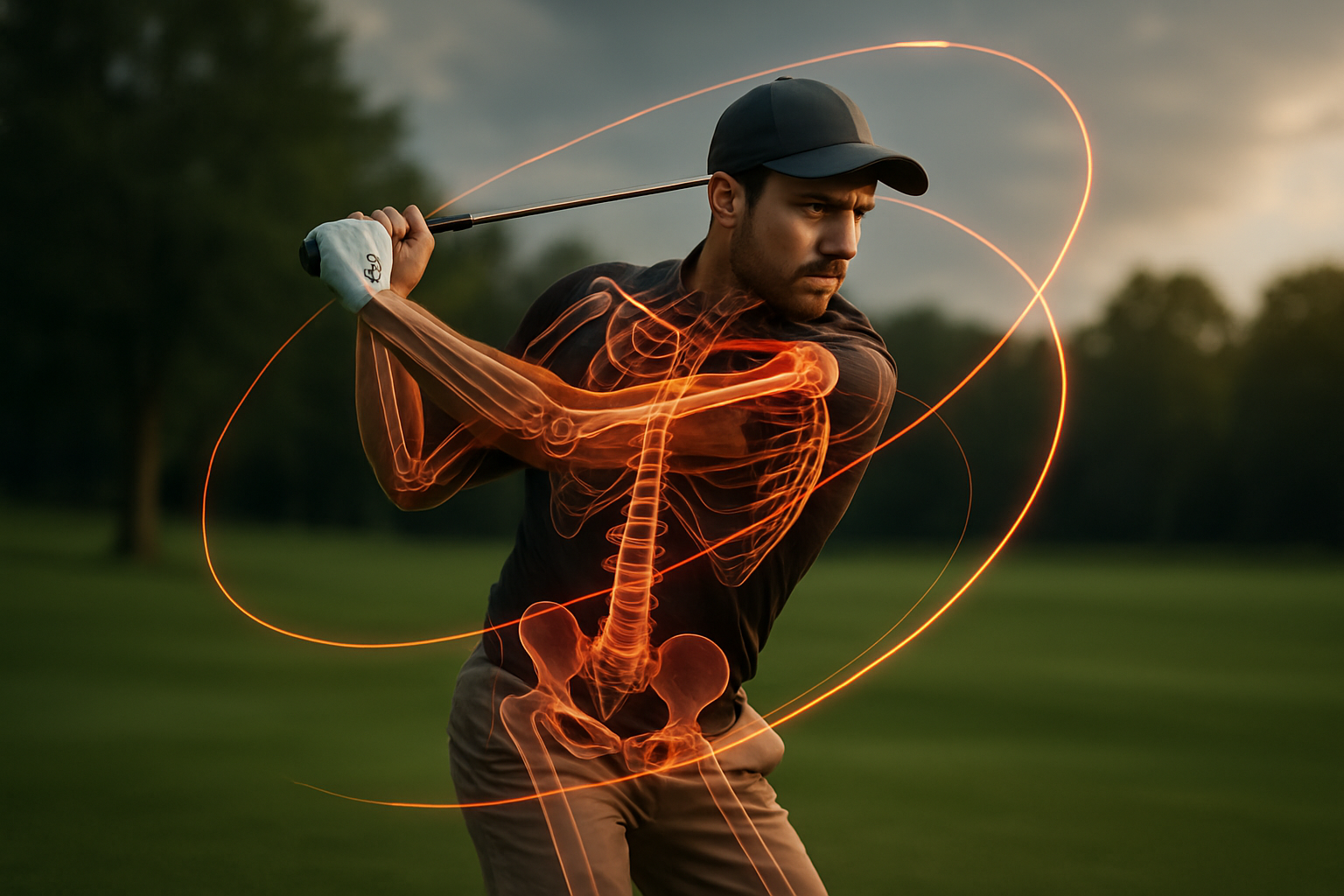Breaking Down the Biomechanics of the Perfect Golf Swing
The golf swing is a complex, intricate dance of power, precision, and control. It's a movement that has been studied, analyzed, and dissected by sports scientists and golf professionals alike, all in the pursuit of that elusive perfect swing. This article delves into the biomechanics of the golf swing, exploring the science behind the power and precision, and how understanding these elements can help golfers of all levels improve their game.

The Science of the Swing: A Historical Perspective
The study of the golf swing dates back to the early 20th century, with pioneers like J.H. Taylor and Harry Vardon, who were among the first to analyze the swing’s mechanics. However, it was not until the advent of video technology in the 1960s that a more detailed analysis became possible. This led to a deeper understanding of the swing’s biomechanics, including the role of the body’s different segments, the importance of sequencing, and the impact of clubface alignment.
The Modern Swing: Current Trends and Insights
Today, the golf swing is studied using advanced technology like 3D motion capture systems and force plates. These tools have provided new insights into the swing’s biomechanics, such as the role of ground reaction forces in generating power and the importance of the ‘kinetic chain’ in transferring energy from the body to the club. Current trends in golf instruction emphasize the importance of individualized swing mechanics, recognizing that each golfer’s swing is unique and should be optimized based on their physical capabilities and limitations.
The Benefits and Challenges of Understanding Swing Biomechanics
Understanding the biomechanics of the golf swing can provide several benefits. It can help golfers improve their swing efficiency, increase their power and accuracy, and reduce the risk of injury. However, there are also challenges. The golf swing is a complex movement that requires precise coordination and timing of multiple body segments. Overanalyzing the swing can lead to ‘paralysis by analysis,’ where golfers become too focused on their swing mechanics and lose their natural rhythm and flow.
The Real-World Application of Swing Biomechanics
Applying the principles of swing biomechanics in a practical setting involves a combination of technical instruction, physical conditioning, and mental training. Golfers need to understand the basic mechanics of the swing, but they also need to develop the physical capabilities to execute these mechanics effectively. This includes strength, flexibility, balance, and coordination. Mental training is also crucial, as golfers need to be able to perform under pressure and maintain focus and concentration throughout the round.
In conclusion, the biomechanics of the golf swing is a fascinating and complex topic. It’s a blend of science and art, power and precision, knowledge and instinct. By understanding and applying the principles of swing biomechanics, golfers can unlock their potential and take their game to new heights.




